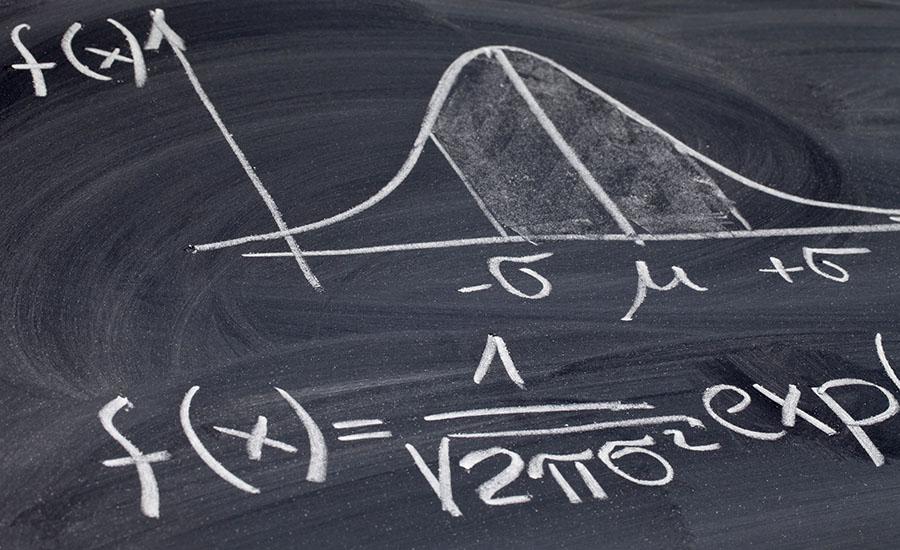
The Principles Behind the Roller Coaster
This lesson plan is the nitty-gritty principles of roller coaster. It can be taught and used for 4th grade and 5th grade students. The first part of the lesson is the discussion of the principles behind the roller coaster. Afterwards, they are expected to engineer and build their roller coaster. It can be done by group or individual. This lesson is a fun-learning opportunity for them to understand and explore the different forces of motion and the theories of Newton. The presentation includes the lesson, STEM sheet, and certifications if the teacher is interested to do an awards assembly after the challenge.
Lesson Grade Level
4th GradeLesson Plan Link/URL
https://docs.google.com/presentation/d/1DmLIiZFS6K3QA5SfnyqtV04Eyj_Xnm6l/edit?u…Subject Area
Science Physical Science P3: Net Force P4: Energy Transfer Technology 3. Knowledge Constructor 4. Innovative Designer Engineering S2: Apply the Engineering Design Process S7: Apply Project Management to Engineering English Language Arts (ELA) Reading (Informational Text) Writing Speaking & ListeningRelated Content

Students will design and build their own popsicle stick catapults, exploring principles of force, motion, and engineering. This lesson does have a Halloween theme to it, but can be modified is needed.

Go through different STEM, reading, and writing activities with Roz and her friends in The Wild Robot. Students will problem solve, participate in discussions, and learn about artificial intelligence

This plan was created by me and used in my afterschool STEM club in January. It tests building a soda can heater. The plan begins with the story, Snowy Day, and brings into focus the need for heat and